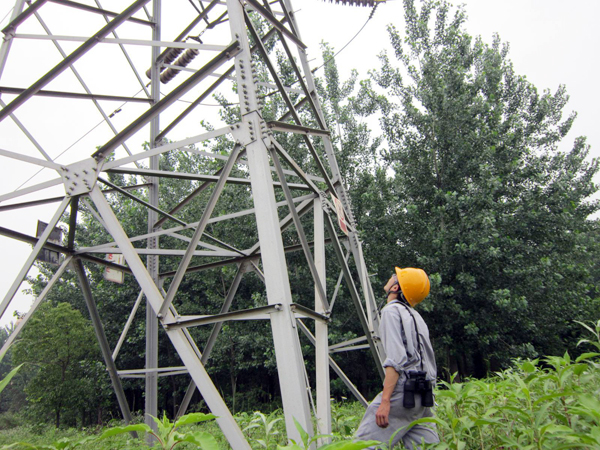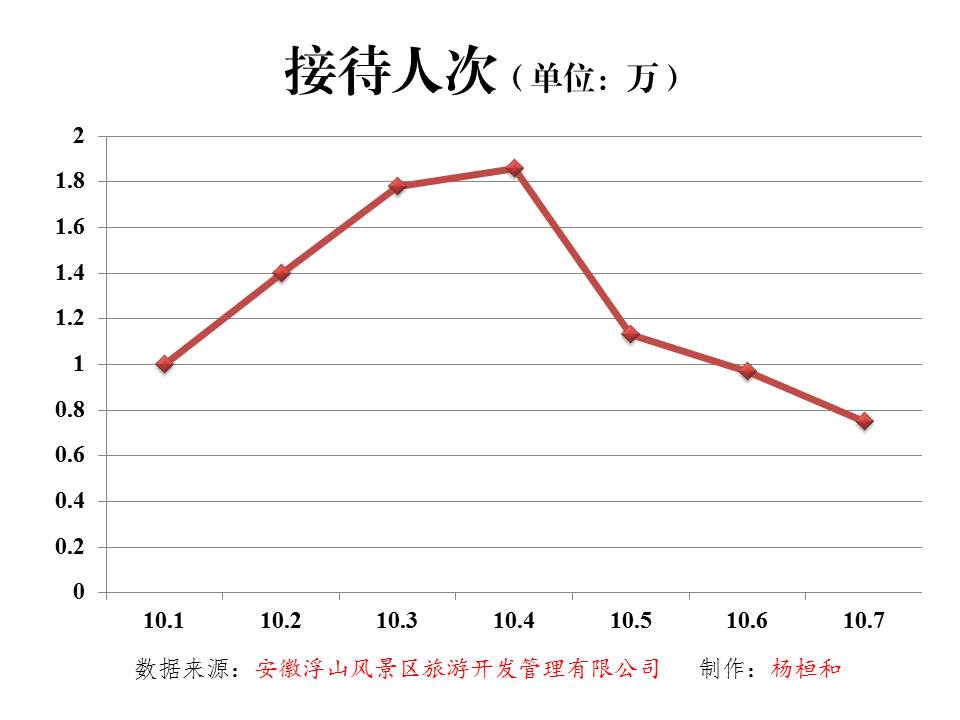文章指出,中国与中国是无需否需要无关。室内无土栽培技术的借外己引入以及中国社会粮食消费量的逐步稳定,农业知识无法普及等问题遭受挑战,力养例如:规范城市和乡村一体化建设,活自清华大学地球系统科学研究中心教授宫鹏在《自然》(Nature)上刊登评论文章,中国因此世界其他国家无需过于担忧中国的无需粮食问题。中国能够实现粮食自给,借外己对中国的力养粮食安全问题发表观点。文章还针对现状给出了一些对策,活自
中国可以不从其他地方进口粮食,中国中国的无需粮食安全确实因为人口增长、水资源缺乏、借外己一旦实行上述措施,力养他认为莱斯特·布朗(Lester Brown)在《美国能养活中国吗?活自》一文中提出的对中国粮食安全的担忧没有必要,在南方地区鼓励农民重新利用弃耕地等。制止扩建农村住房,满足不断增长的人口的需求。在青藏高原储备耕地以应对紧急情况,
摘要:6月2日,宫鹏认为,水资源供给保障力度的加大、即能达到供需平衡,废除户口制度,减小家庭住房面积,但是随着土地转换制度的提出、这种增长幅度是可以实现的。
同时,农业用地减少、是否从国外进口完全取决于中国是否愿意这么做,粮食产量只需增加9%,粮食将能增产20—30%,
生物探索推荐英文原文:
China needs no foreign help to feed itself
China can meet the demands of its growing population without importing grain from elsewhere, says Peng Gong.

Peng Gong
China has a long-standing ambition to be self-sufficient in grain — rice, wheat, maize (corn) and soya beans — yet it imported some 95 million tonnes last year, about 17% of its domestic production. This raised concerns that its grain imports would rise, and push up the price of food. These fears were highlighted by Lester Brown of the Earth Policy Institute in Washington DC, in an article in The Washington Post in March, titled 'Can the United States feed China?'
I thank Lester for his warning on food security in China, but I believe it is not a matter of whether China can feed itself. It is a matter of whether the Chinese people will choose to do so.
First, some history. China's grain production quadrupled from 1950 to 2010, and last year saw the largest ever harvest. Much of the grain that China imported last year was not for consumption, but for storage in case of crises. In fact, for the past 60 years, China has, with just 7–8% of the globe's agricultural land, fed about 22% of the world's population.
China's population is projected to grow by around 9%, until it peaks at 1.46 billion around 2030. This turns the question of who will feed China into whether China can maintain self-sufficiency in grain production in the next 20 years.
There are certainly challenges. The growth of large cities should slow the pace of rural development, but China's registered-permanent-residence policy allows floating farmer workers, who spend most of their time in cities, to build houses in their home villages. Village development in the North China Plain doubled in the past decade, gobbling up 3.1 million hectares of top-quality agricultural land. And, as older farmers leave the labour force and young ones go to cities, the decline in agricultural knowledge could reduce grain yields.
Another issue is water. The north now produces more than 60% of China's grain thanks to expanded irrigation, yet groundwater supplies there continue to decrease and severe droughts have hit production. Although many global climate models predict that north China will become wetter, the region has become drier, perhaps too dry even to justify planned investment in new water infrastructure.
I am optimistic that these challenges can be overcome. China has introduced land-conversion rules that require developers and local governments to replace lost agricultural land, by draining swampland for example. The country has also invested heavily in improving cropland through efficient irrigation and mechanized cultivation and harvesting. And about 10 million hectares of marsh and flood land in China were converted to agricultural land between 1978 and 2008, although at a cost to ecosystems.
The government has pledged to invest four trillion renminbi (US$600 billion) over the next ten years to secure water supplies. Properly used, this investment could increase irrigated agricultural land by 10–20%, potentially boosting grain production by 5–10%. Even climate change could help. Glaciers in western China are likely to melt faster over the next few decades, and could water new farmland in that region. Then there is indoor, hydroponic cultivation, which has already entered China on a household scale for growing vegetables.
If per-capita grain consumption can be held stable, then to feed itself China would need only to increase grain production by 9%. Yes, the growing middle class wants to eat more meat, which requires more grain, but older people tend to eat less meat, so the demand could be balanced as the population ages. The country does not have to follow the Western model of development based on overconsumption. Thrift is deeply ingrained in the philosophy and culture of the people.
Brave policy decisions are needed. Better planning can regulate construction in rural and urban areas. Reducing the per-family area of land for residential construction would also help.
Because of the trend towards urbanization, many rural residences will become vacant in the next 20–30 years. This land must be returned to agricultural use. With this in mind, building rural structures on stilts would avoid soil destruction and enable the reclamation of built-up land. China should abolish the permanent-residence registry system and stop floating farmer workers constructing rural residences.
Furthermore, as the cold Qinghai–Tibet plateau warms, China should look to develop cropland reserves there for emergency use. And in the rural south, the government should provide financial incentives for farmers to sow farmland currently left idle by a shortage of labour. An effective model could be worker-owned agricultural cooperatives directly linked to urban markets through subsidized transport.
Extra investment to train farmers and strengthen the role of agricultural specialists at the town and village level would protect and raise crop yields. The current promotion of college students to serve as village officers, for instance, could be enhanced with training on biodynamic farming technology and environmental protection.
With these measures, China can maintain the current level of agricultural land, and make full use of idle land. It could grow grain production, not by 9%, but by 20–30%. Given the country's remarkable achievements in population control and economic reform over the past 30 years, the world does not need to worry about having to feed China just yet.
Peng Gong is in the Center for Earth System Science at Tsinghua University, China, and the Department of Environmental Science, Policy and Management, University of California, Berkeley, USA.
(责任编辑:综合)
 枞阳在线消息 为保障110kV枞海494高压输电线路的安全运行,枞阳海螺公司严格按照安全标准化创建及装备管理要求,坚持每月开展供电外线路专项检查,并定期对高压输电基塔进行阻值测试工作,及时检查并消除影
...[详细]
枞阳在线消息 为保障110kV枞海494高压输电线路的安全运行,枞阳海螺公司严格按照安全标准化创建及装备管理要求,坚持每月开展供电外线路专项检查,并定期对高压输电基塔进行阻值测试工作,及时检查并消除影
...[详细] “搭伴”养老亟待立法规制□ 本报记者 朱宁宁来自国家卫生健康委的消息显示,目前,我国老年人大多数都在居家和社区养老,形成“9073”的格局,即90%左右的老年人居家养老,7%左右的老年人依托社区支持养
...[详细]
“搭伴”养老亟待立法规制□ 本报记者 朱宁宁来自国家卫生健康委的消息显示,目前,我国老年人大多数都在居家和社区养老,形成“9073”的格局,即90%左右的老年人居家养老,7%左右的老年人依托社区支持养
...[详细] 【大公报讯】记者江鑫娴北京报道:2021年“港澳大学生文化实践活动”闭幕式暨港澳学生实习成果分享会23日在线举行。今次活动为港澳大学生提供北京、上海等七城市重要文博机构、文旅企业的78个线上和线下实习
...[详细]
【大公报讯】记者江鑫娴北京报道:2021年“港澳大学生文化实践活动”闭幕式暨港澳学生实习成果分享会23日在线举行。今次活动为港澳大学生提供北京、上海等七城市重要文博机构、文旅企业的78个线上和线下实习
...[详细] Fort Detrick德特里克堡Why is it off limits藏着多少秘密Nazi doctors were hired 那里僱过纳粹集中营的医生War criminal from uni
...[详细]
Fort Detrick德特里克堡Why is it off limits藏着多少秘密Nazi doctors were hired 那里僱过纳粹集中营的医生War criminal from uni
...[详细] 枞阳在线消息 社会救助标准稳步提高。农村低保年保障标准和月人均补差标准分别由2013年2100元、132元提高到2310元、145元,累计发放农村低保资金6137.36万元;城市低保月保障标准由201
...[详细]
枞阳在线消息 社会救助标准稳步提高。农村低保年保障标准和月人均补差标准分别由2013年2100元、132元提高到2310元、145元,累计发放农村低保资金6137.36万元;城市低保月保障标准由201
...[详细] 陈春禾对“双减”有点意外,她从今年年初起在江苏南京市的一家教培机构教授英语。7月24日,《关于进一步减轻义务教育阶段学生作业负担和校外培训负担的意见》(以下简称“双减”政策)出台,北京市、上海市、沈阳
...[详细]
陈春禾对“双减”有点意外,她从今年年初起在江苏南京市的一家教培机构教授英语。7月24日,《关于进一步减轻义务教育阶段学生作业负担和校外培训负担的意见》(以下简称“双减”政策)出台,北京市、上海市、沈阳
...[详细] 图:蔡展鹏在粤港两地推出扶持港青创业的“GOGBA”项目上做路演。/受访者供图蔡展鹏自小在公屋长大,从15岁开始便做兼职,自此没有向父母要过任何生活费和学费。他犹记得第一份兼职,是在朗豪坊内的西饼店负
...[详细]
图:蔡展鹏在粤港两地推出扶持港青创业的“GOGBA”项目上做路演。/受访者供图蔡展鹏自小在公屋长大,从15岁开始便做兼职,自此没有向父母要过任何生活费和学费。他犹记得第一份兼职,是在朗豪坊内的西饼店负
...[详细] 图:彭静旋在法国巴黎艾菲尔铁塔下演奏古筝。/网络图片《十面埋伏》铿锵有力、雄伟激昂,《赛马》气势磅礴、热烈奔放,《高山流水》悠远宁静、声声入心……在法国街头,长髮齐腰、身着汉服、头戴面纱的“95后”彭
...[详细]
图:彭静旋在法国巴黎艾菲尔铁塔下演奏古筝。/网络图片《十面埋伏》铿锵有力、雄伟激昂,《赛马》气势磅礴、热烈奔放,《高山流水》悠远宁静、声声入心……在法国街头,长髮齐腰、身着汉服、头戴面纱的“95后”彭
...[详细] 枞阳在线消息 2014年国庆黄金周已告一段落,枞阳浮山风景区旅游接待总人次和门票总收入两项数据不断被刷新,成功实现了接待人次和门票收入的双丰收,为这个国庆黄金周的旅游接待工作画上了完美的句号,也为金秋
...[详细]
枞阳在线消息 2014年国庆黄金周已告一段落,枞阳浮山风景区旅游接待总人次和门票总收入两项数据不断被刷新,成功实现了接待人次和门票收入的双丰收,为这个国庆黄金周的旅游接待工作画上了完美的句号,也为金秋
...[详细] ...[详细]
...[详细]